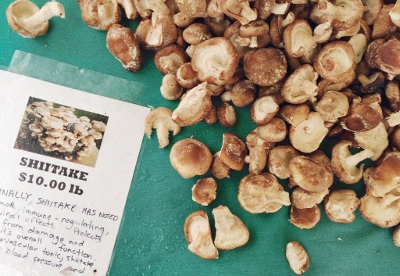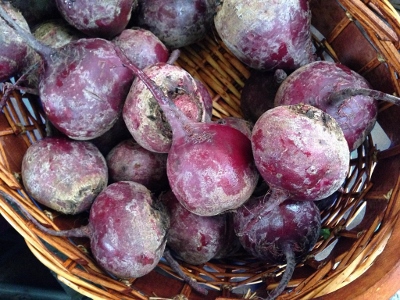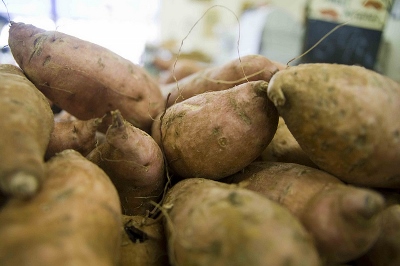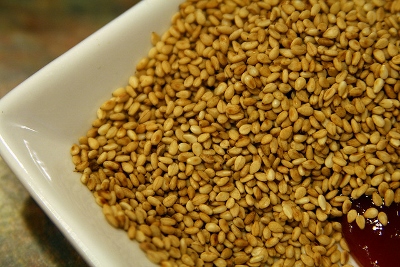The Top 7 Foods to Eat More of This Year
Flickr/jamonation
Shaking off the glut of the holiday season, every January brings a new opportunity to look at how we nourish ourselves: what should stay (kale; let’s all admit that), and what should go (cake pops: still not better than cake). Trends come and go, but certain foods deserve to be a staple in your diet, thanks to their magical combination of being healthy as well as delicious. “Healthy,” of course, means different things to everyone, but these nutrient-packed whole foods definitely fit into most definitions of the word. Working them into your regular rotation can revamp your routine and introduce new favorites, or get you reacquainted with everything lost in the shuffle when canned pumpkin took over all of our lives a few months ago.
1. Shiitake Mushrooms

Think of these as an iron supplement that tastes better sauteed with garlic than a pill could ever hope to. A recent study found that the levels of bioavailable iron received from shiitake-mushroom enriched cereal were comparable to those received from an iron supplement, which could be a game-changer for vegetarians and vegans. Additionally, there’s some evidence that lentian compounds in shiitake mushrooms help combat cancer. Of course, if you’re skeptical about studies like this, you can always eat them because they’re delicious in soup, like this soba noodle dish with snow peas.
2. Beets and Beet Greens

There’s nothing like a good two-fer. Using the roots as well as the leaves of a plant means no waste; additionally, it provides contrasting textures and flavors that are already well-matched. Roasting beets and incorporating the greens into a salad is the ultimate in elegant, understated, no-brainer meals. Nutritionally, neither component is a slouch—beet roots are great sources of folate and lutein, and the greens offer hefty amounts of iron, calcium, and magnesium.
3. Sweet Potatoes

Flickr/Charleston’s TheDigitel@N04
Aside from carrots, nothing gets you more beta-carotene than orange-fleshed sweet potatoes. They can also raise levels of vitamin A—a mere 3.5-ounce serving will get you 90 percent of the day’s requirements. To absorb as much of the nutrients as possible, it’s important to incorporate a little bit of fat. Obviously, this means frying up some sweet potato latkes for a leisurely brunch in the name of eye health and immune system support.
4. Flax Seeds

Surprisingly, the very best source of omega-3 acids is not fish but flax seeds, and they have the distinction of being the easiest item on this list to incorporate into your diet. Ground or whole flax seeds are easy to keep around and breezily include anywhere possible: morning yogurt or smoothie, lunch soup, dinner stir-fry, and of course, baked goods. Flax seeds also contain lignans, which are similar to fiber but have a polyphenol-like structure, which helps them provide antioxidant-like protection.


